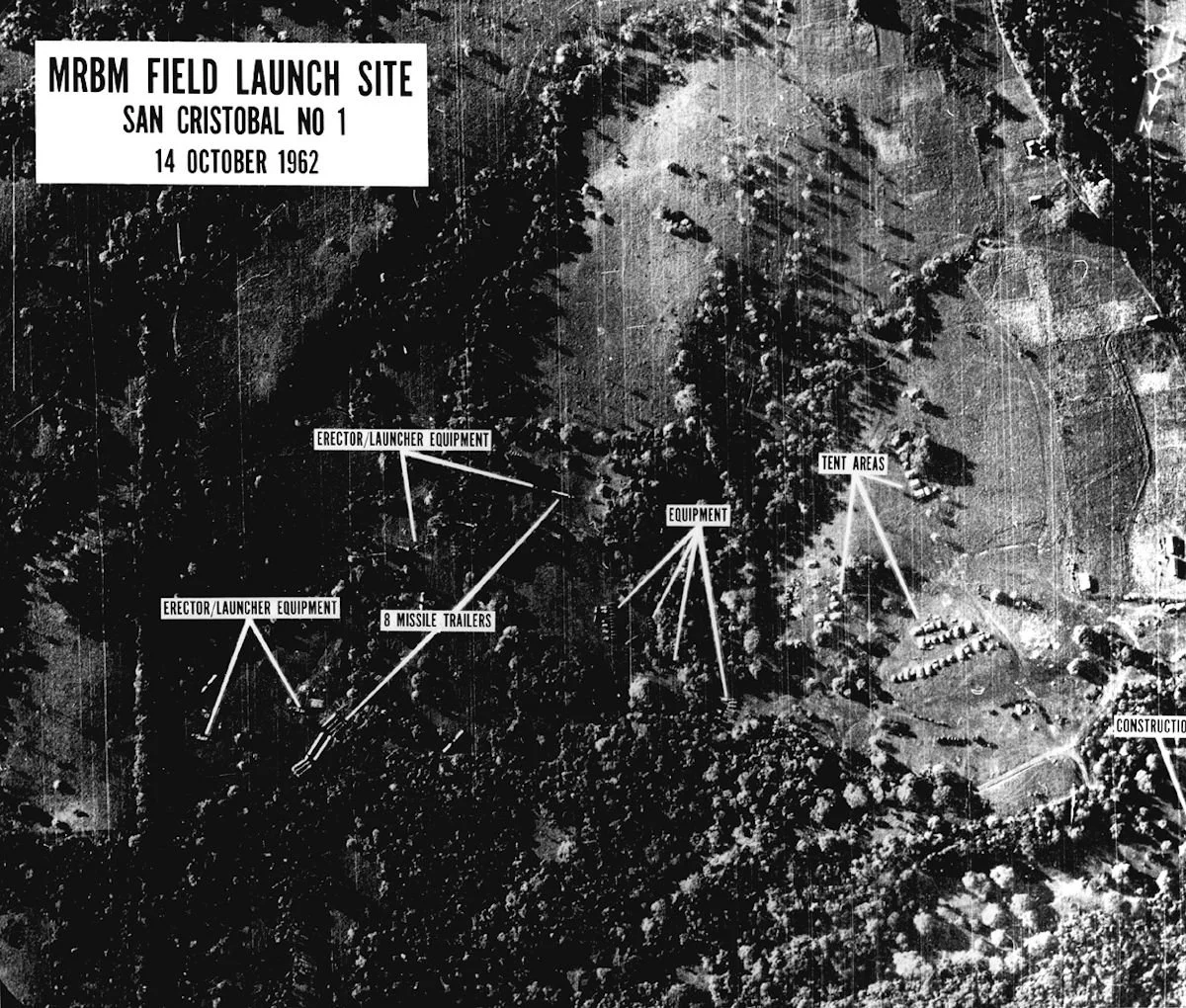October 22: President Kennedy Addresses the Nation About the Cuban Missile Crisis (1962)
Prayer Idea
Pray that people will choose not to use nuclear weapons and find ways to get rid of them.
History Note
During the Cold War between the United States and the Soviet Union, both countries developed and tested increasingly powerful nuclear weapons. Though political leaders wanted to avoid a direct confrontation, conflict between Communist and non-Communist forces took place in Korea, Vietnam, and other parts of the world.
Fidel Castro came to power in Cuba in 1959. The next year, Cuba established close ties with the Soviet Union. When John F. Kennedy took office in 1961, he learned of a secret plan already underway in the United States to train 1,500 anti-Castro Cuban immigrants. These Cubans wanted to invade the island and remove Fidel Castro from power. Kennedy endorsed the plan with reservations, but he wanted direct U.S. involvement to be as small as possible.
The Cuban freedom fighters landed at the Bay of Pigs in Cuba on April 17, 1961. Castro’s forces quickly defeated them. One crucial factor was the lack of air cover by American planes that could have made the difference. Kennedy took personal responsibility for the failed invasion attempt. The incident further chilled American-Cuban and American-Soviet relations.
President Kennedy met Nikita Khrushchev, leader of the Soviet Union, later that year while touring Europe. A short time later, the Soviets erected the Berlin Wall to divide the Communist Eastern sector of Berlin from the free Western part. The wall became a symbol of tense East-West relations and of the fact that the Communists had to hold people under their rule by force.
In 1962 the Soviets developed a plan to install nuclear missiles in Cuba that could strike targets in the United States. Castro allowed this as a way to respond to any future American invasion of Cuba. It served Soviet purposes because it was a reply to American missiles based in Italy and Turkey that could hit the Soviet Union.
American high-altitude photography over Cuba revealed that missile sites were being built. After President Kennedy saw the evidence on October 16, he decided to set up a naval blockade around Cuba to stop any Soviet ships from bringing missiles or related materials to Cuba. Leaders in both countries believed that their prestige and national security were on the line, and no one wanted to back down.
On October 22, 1962, President Kennedy spoke to the American people in a radio and television address. He described the situation in Cuba and explained what his administration was doing. He said:
Our goal is not the victory of might, but the vindication of right—not peace at the expense of freedom, but both peace and freedom, here in this Hemisphere, and, we hope, around the world.
The Cuban Missile Crisis ended on October 28. The Soviet Union agreed to remove its missiles from Cuba, while the United States agreed not to invade Cuba. As part of the agreement not made public at the time, the United States also removed missiles from Turkey and Italy.
The U.S. and U.S.S.R. agreed to a nuclear test ban treaty in 1963, which forbade any further testing of atomic weapons in the atmosphere. The treaty still allowed underground testing, and no provision addressed the question of on-site inspection in either country by the other. The two governments put in place a direct telephone line, called the hot line, between Washington and Moscow, to improve communication and to lessen the risk of misunderstanding in the future.
This is one of the images of Cuba shown to President Kennedy. Photo courtesy the John F. Kennedy Presidential Library and Museum.
Learn More
This video provides an overview of the Cuban Missile Crisis.
Please Note: It includes discussion of the potential of nuclear war. It shows animated mushroom cloud explosions and people being vaporized.
Find more resources at Homeschool History.
